With evidence of settlements dating back to 3500 BC the city of Carcassonne in southern France has been home to many groups of people- from the Romans to the Visgoths and finally to France in 1659. Today, the city is famous for the Cité de Carcassonne, a Medieval fortress with about 2,500 years of history.
Under Napoleon and the restoration, the fortress was no longer considered an important fortification and was so run down that the French government decided it should be torn down, creating a decree in 1849 to this effect.
Luckily, the residents of the area greatly disagreed and led by the mayor of Carcassone, Jean-Pierre Cros-Mayrevieille and writer Prosper Mérimée, an inspector of ancient monuments, campaigned to preserve the fortress for historical purposes. This was successful and the architect Eugène Viollet-le-Duc was commissioned to renovate and restore the entire space.
Without doing any research prior to my visit, I didn’t know what to expect from our visit to the Cité. To be honest, I thought it was a big castle, equipped with huge, abandoned spaces that are only seen by the many tourists that visit.
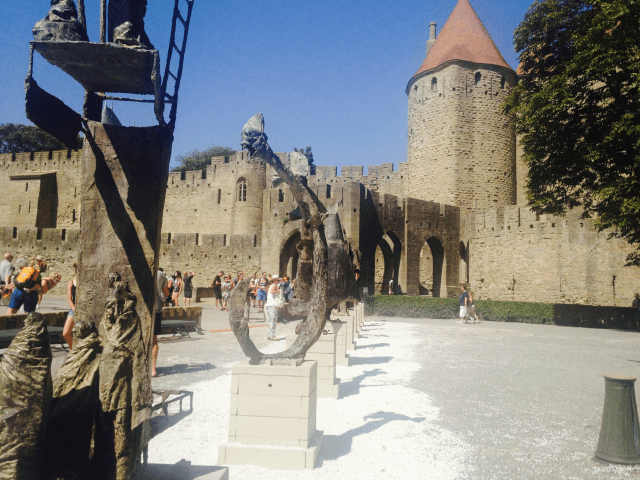
We parked at the bottom of the hill, about a 10-minute walk from the Cité. This was my first experience walking through a French city and it was almost exactly what I imagined. The winding, quant, picturesque street lined with sidewalk cafes, souvenir shops and pastel colored homes with wooden shutters. We stopped for a coffee and breakfast snack on our way up, which was totally delicious and inexpensive (I had a homemade personal quiche for 2,50 euro).
Entering through the main gate we passed through a drawbridge over a ditch that surrounds the two sets of outer walls with 53 towers and barbicans to prevent attack. The towers built with the walls were done so over extended periods of time by the different groups that settled there, especially the Roman section, which is particularly different from the rest of the medieval walls.
Inside the first outer wall is a grassy area where visitors could take a guided tour by horse driven carriage. It is also possible to walk around this area, and the views were great, looking down upon the new city below.
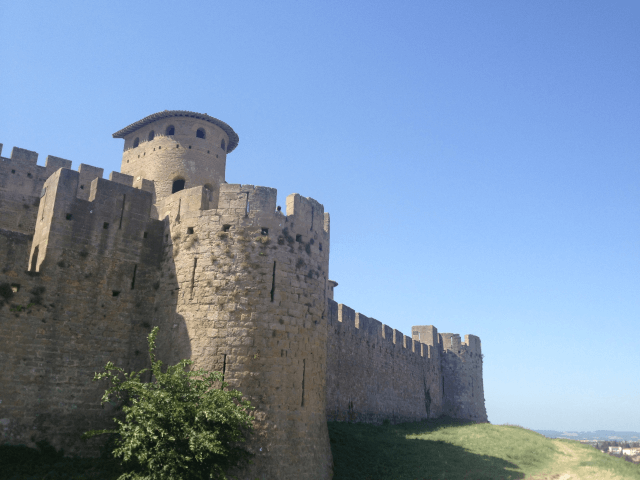
Finally, we entered through the innermost wall and I was so surprised that instead of the castle that I was predicting, we were greeted by a bustling city. Albeit very touristic, the city inside was very charming. We spent some time just wandering through the streets, stopping to take photos along the way.
One of the most famous sites within the ancient city is the Basilica of Saint-Nazaire. The architecture of the cathedral is gothic original, and from inside you can see the beautiful stained-glass windows, though very busy with visitors, the cathedral had an absolute feeling of total serenity and peace.
There were also lots of restaurants throughout the city to choose from. We weren’t there during the lunch hour but I would recommend stopping at one of the little restaurants, sitting outside and enjoying a delicious glass of wine with the Plat du Jour.
Though Carcassonne may be a bit out of the way from the main French cities, it was definitely a place worth stopping. It was only a few hours from Montpellier, and also close to the coast.
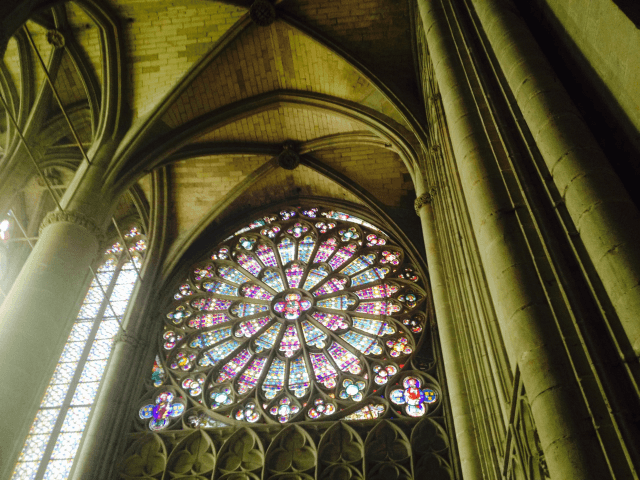
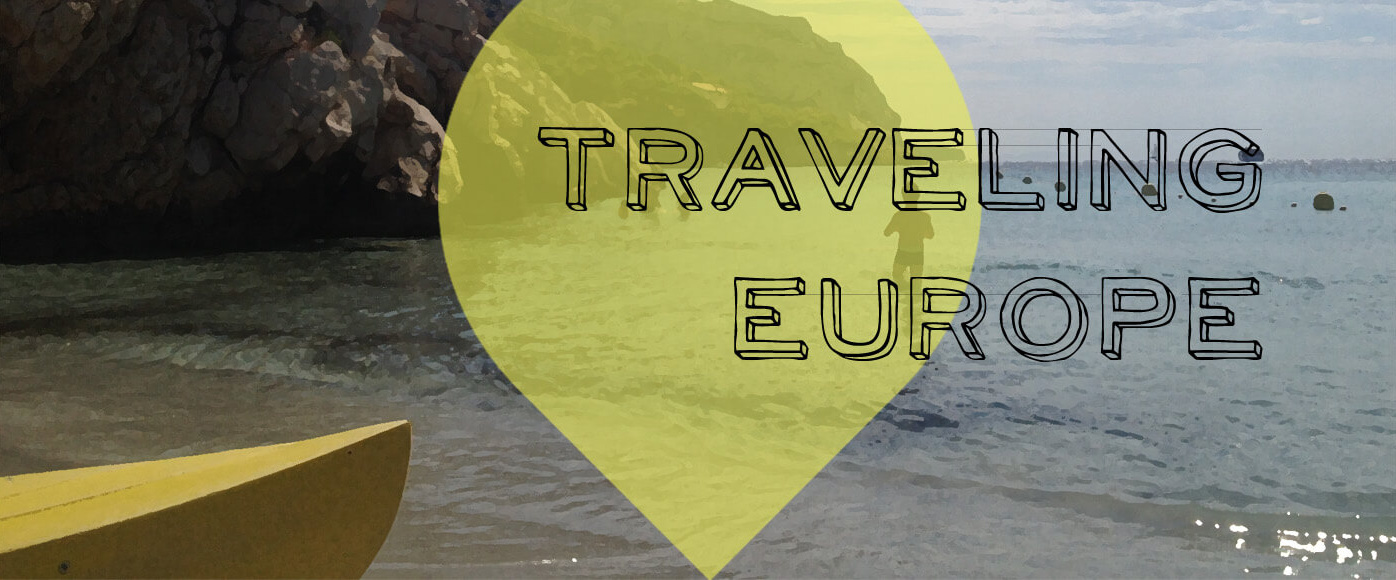

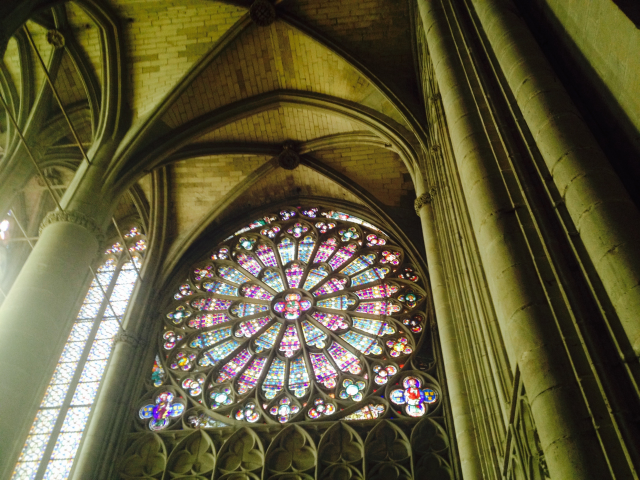
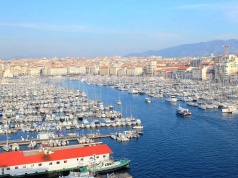
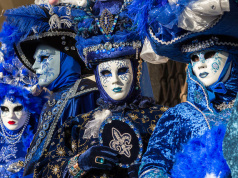
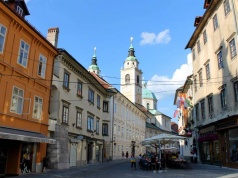

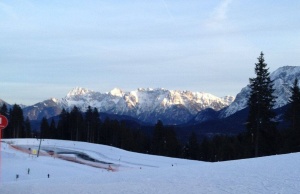
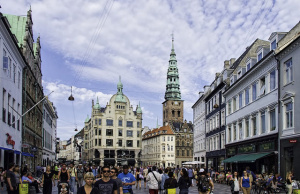

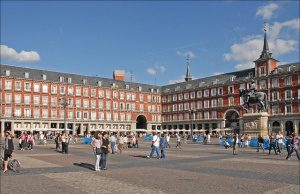


Nice Pic..
check out this new group travel app.
https://www.youtube.com/watch?v=_SPRfHLjYBs

Get the Android app – http://www.pravaapp.com/get
Visit our website – http://www.pravaapp.com
Connect with us on Facebook – http://www.facebook.com/pravaapp
Connect with us on Twitter – http://www.twitter.com/pravaapp
Watch our videos on YouTube – http://www.youtube.com/c/pravaapp
Comments are closed.